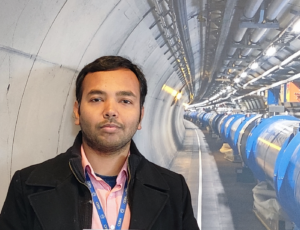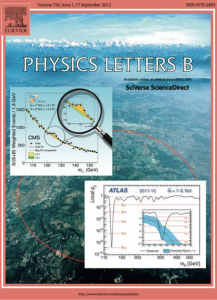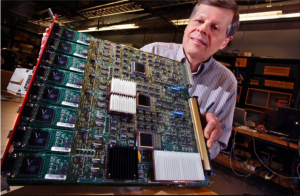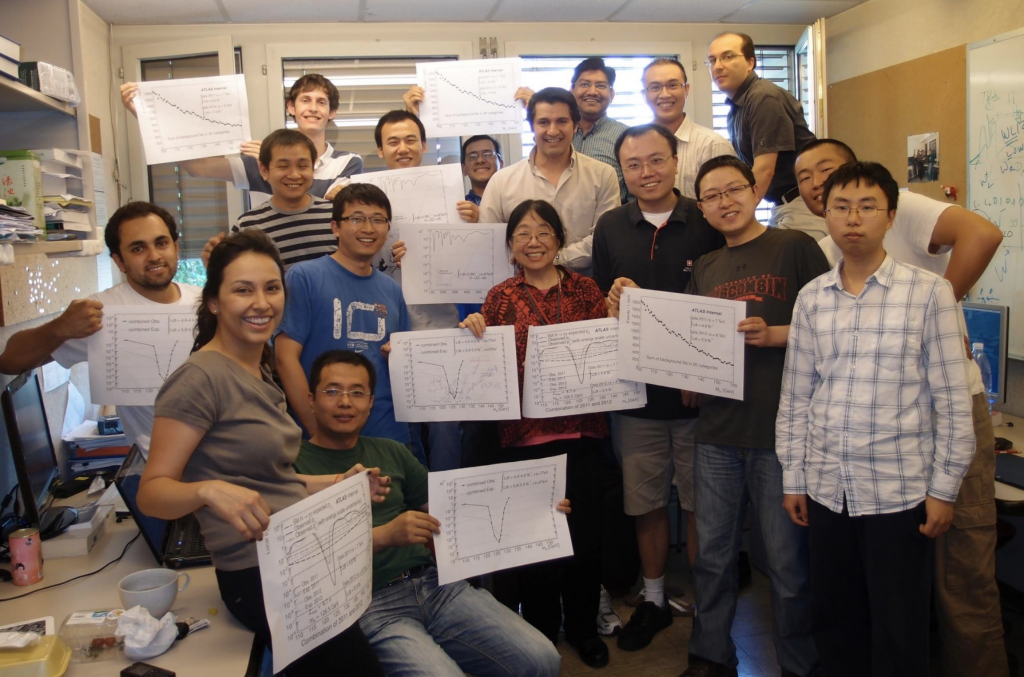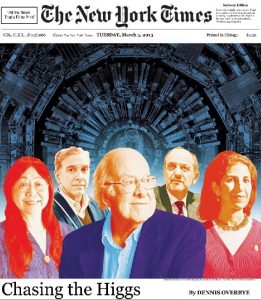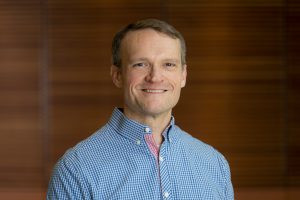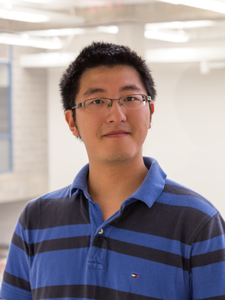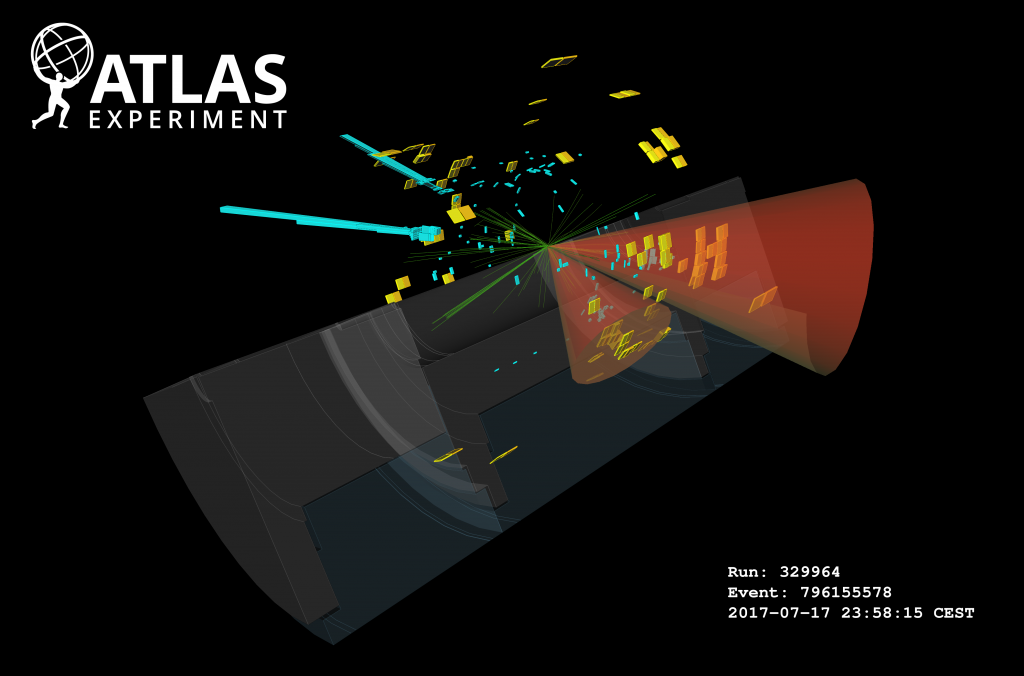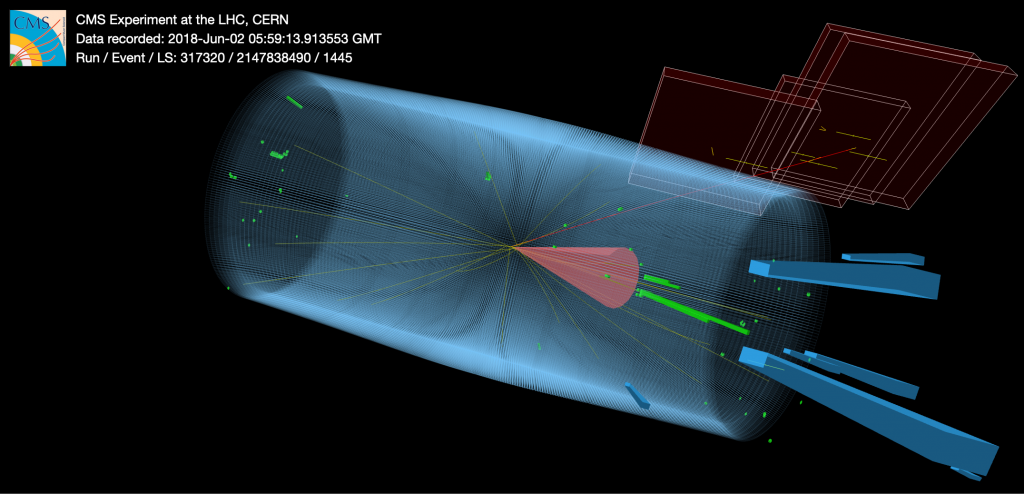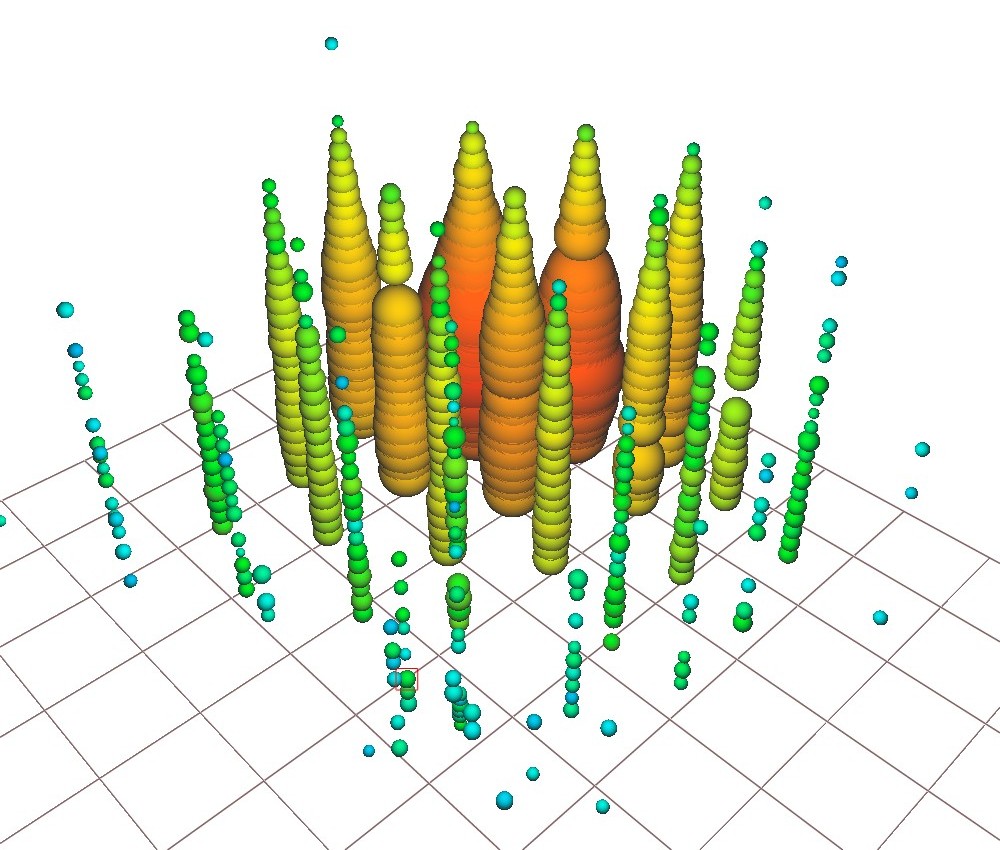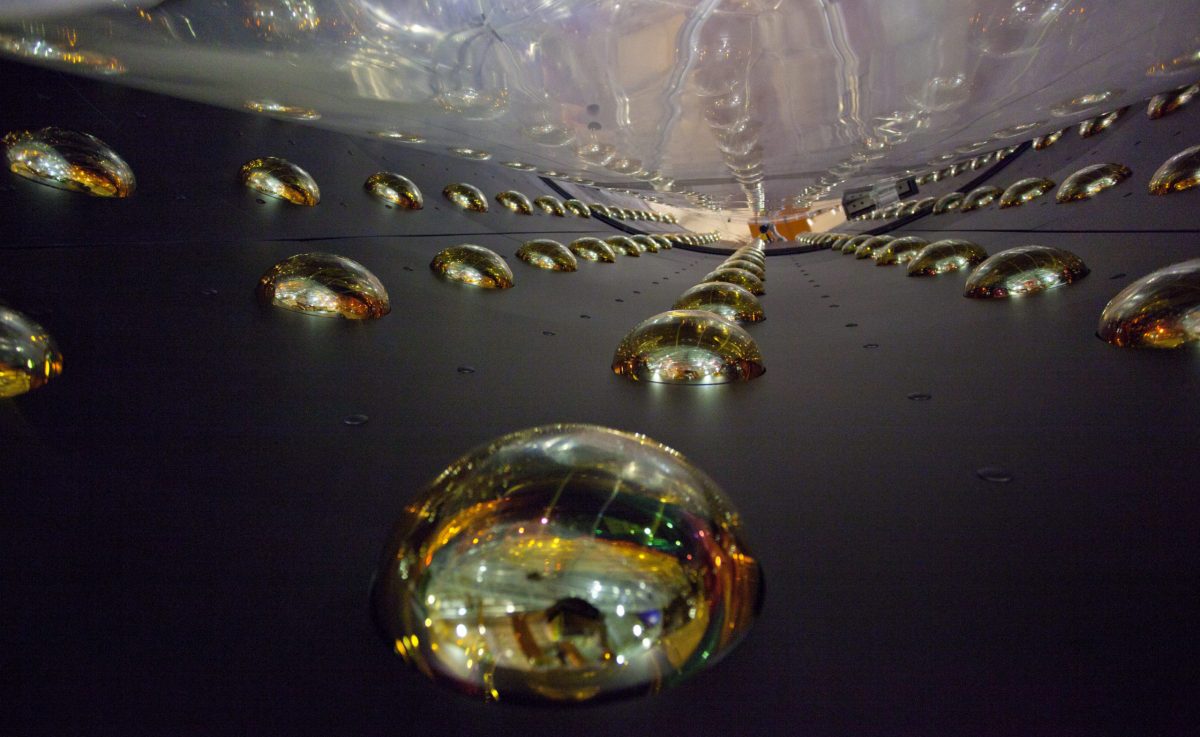Congratulations to Associate Professor Ke Fang on her promotion with tenure, to Professor Justin Vandenbroucke on his promotion to full professor, and to Profs. Dan Hooper and Britton Plourde who were both granted tenure!
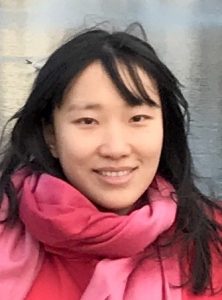
Prof. Fang is an experimental particle astrophysicist and WIPAC investigator who studies the origins of subatomic particles and their fundamental nature by detecting messengers from throughout the universe. She has made major contributions to the analysis of data from the High Altitude Water Cherenkov (HAWC) Observatory, the IceCube Observatory and the NASA Fermi satellite.
In 2021, Fang received the Shakti P. Duggal Award for Early Career Contributions in Cosmic Ray Physics. In 2023, she received the NSF CAREER award. In 2024, she was named a Sloan Fellow. Later that year, she was named the inaugural recipient of the Bernice Durand Faculty Fellowship, a departmental award named in honor of Durand, one of the first two women faculty members in the UW–Madison physics department. She also served as the US spokesperson for HAWC in 2023-2025.
“Ke Fang is one of the most impactful astroparticle phenomenologists of her generation,” says physics department chair and professor Kevin Black. “Her work is highly original and broad with strong implications for the emerging area of multi-messenger astronomy and particle astrophysics.”
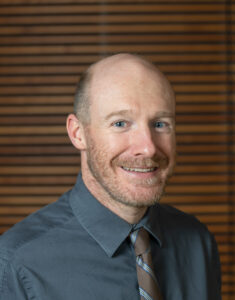
Prof. Vandenbroucke is also a WIPAC investigator and experimental particle astrophysicist. He joined the department in 2013. His main research focus is in multi-messenger astrophysics, including neutrino astronomy, gamma-ray astronomy, and cosmic rays. He is a member of the IceCube collaboration and the Cherenkov Telescope Array Observatory consortium and is an affiliate member of the Fermi LAT and VERITAS collaborations.
Vandenbroucke was previously promoted to associate professor with tenure in 2019. He was named a Vilas Associate from 2023-2025, and was a co-recipient of UW2020 awards in 2018 and 2020. He also leads the Distributed Electronic Cosmic-Ray Observatory (DECO), a citizen science project that enables users around the world to detect cosmic rays and other energetic particles with their cell phones and tablets.
“Justin Vandenbroucke is an outstanding experimentalist who, at the same time, develops creative and challenging data analysis projects that have led to scientific results published in highly cited papers,” Black says. “He does this in two different fields, gamma-ray and neutrino astrophysics, and is a leader in both.”
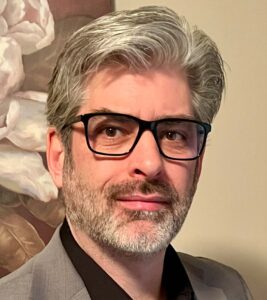
Prof. Hooper, PhD’03 was named the director of WIPAC and joined the physics faculty as a full professor in 2024. He is a theoretical particle astrophysicist whose research focuses on the interface between particle physics and cosmology. His work has spanned the areas of dark matter, high-energy neutrino astronomy, gamma-ray astronomy and cosmic-rays. He is the author of several books and co- hosts the physics podcast “Why This Universe?” breaking down some of some of the biggest ideas in physics into easily digestible chunks.
“Dan Hooper is a singular figure in his field, a stand-out leader in terms of scientific impact whose ideas cast a wide influence on the study of high energy theory, dark matter phenomenology, collider physics, astroparticle physics, and the direct experimental and observational search for dark matter,” Black says.
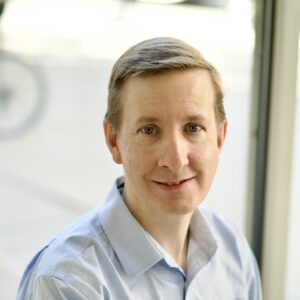
Prof. Plourde joined the department as a full professor in 2024 from Syracuse University. He is an experimental condensed matter physicist who studies superconducting quantum circuits. He is currently on a half-time leave at UW–Madison and works with Qolab, a quantum computing startup company based in Madison. Plourde was elected a Fellow of the American Physical Society in 2024 in the Division of Quantum Information, and in 2023 was elevated to Fellow of the Institute of Electrical and Electronics Engineers.
“Britton Plourde is internationally recognized for his contributions in the field of low-temperature physics and superconducting quantum circuits,” Black says. “He has made significant contributions in the field of superconducting quantum computing and is best known in the community for his works on superconducting qubits, left-handed and quantum metamaterials, and, more recently, for studies of decoherence sources and suppression of errors in superconducting quantum circuits.”
Natasha Kassulke and Alisa King-Klemperer contributed to this story
